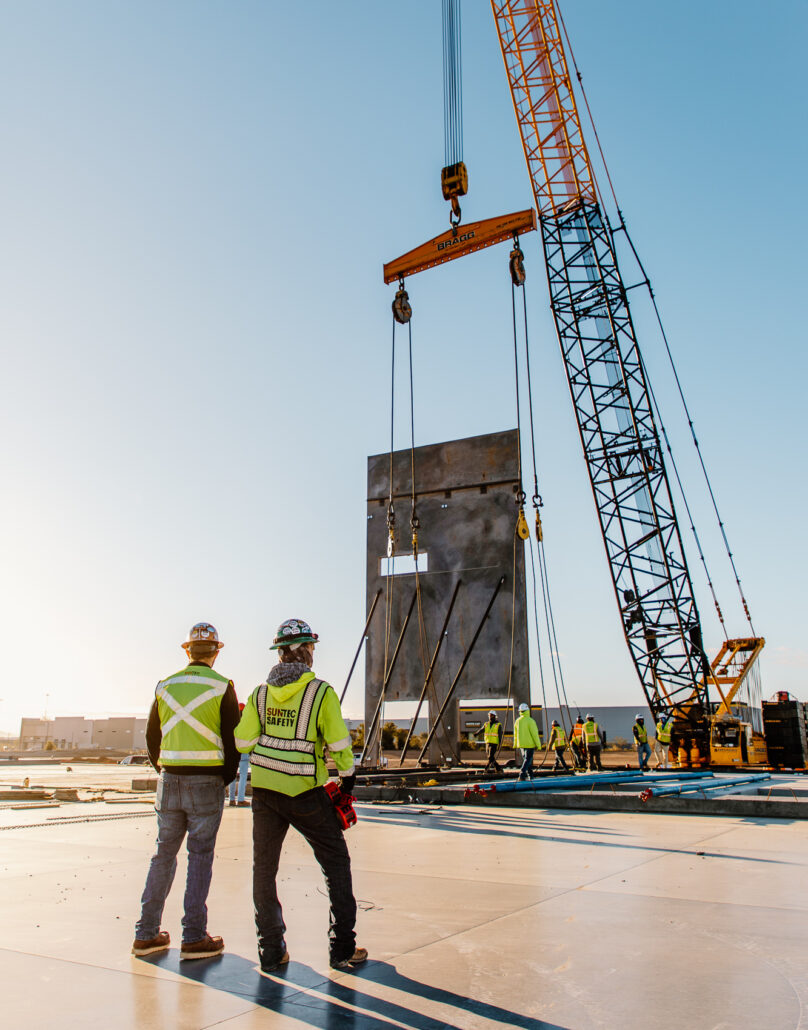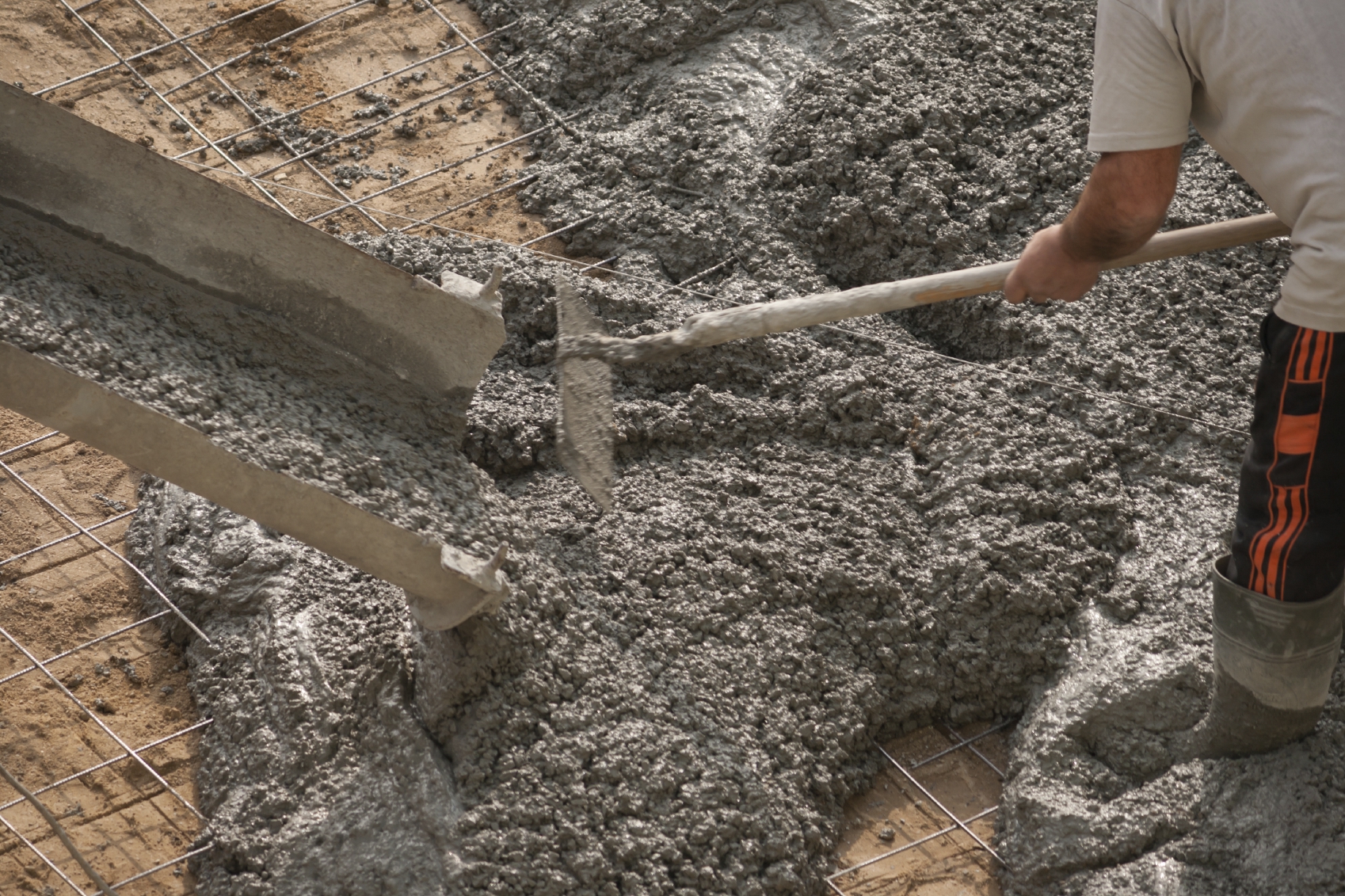Understanding the Different Applications of General Engineering Concrete in Diverse Industries
When you think about the several ways general engineering concrete impacts different markets, you'll locate its applications are both wide and critical. From offering durable structures for transport networks to sustaining cutting-edge power remedies, this product plays a key role in shaping our facilities. However what regarding its impact on metropolitan advancement and ecological design? Checking out these aspects can disclose a lot more than you could anticipate.
The Function of Concrete in Construction and Structure Projects
Concrete plays an essential role in construction and structure tasks, comprising about 70% of all materials used in modern frameworks. You'll locate it in structures, walls, and floors, giving toughness and longevity. When you pick concrete, you're selecting a material that can endure climate condition, stand up to fire, and support heavy lots. Its adaptability permits various applications, from residential homes to imposing skyscrapers.Mixing concrete with additives can enhance its residential or commercial properties, improving workability and establishing times. You can likewise mold and mildew it right into different forms, enabling for creativity in style. As you work on your tasks, think about the environmental advantages of using concrete, such as its capacity to minimize power usage in buildings. Generally, concrete's dependability and adaptability make it a foundation of the construction sector, guaranteeing that frameworks are not only useful but additionally safe and durable.
Facilities Growth: Roads, Bridges, and Passages
When it comes to facilities growth, roads, bridges, and passages are critical elements that attach communities and assist in transport. You depend on these structures daily, whether you're commuting to function or traveling fars away. General design concrete plays an essential function in their building and construction and toughness. Its stamina and versatility enable designers to design robust streets that hold up against heavy web traffic and extreme climate conditions.Bridges, typically covering rivers and valleys, call for specially formulated concrete to ensure security and long life. Using reinforced concrete in tunnel construction not only sustains significant weight yet additionally enhances resistance against water infiltration and ground movement.

Concrete in Transportation: Enhancing Flexibility and Security
As you navigate with bustling cities and country roads, the duty of concrete in transportation comes to be obvious, significantly boosting both movement and safety and security. Concrete's toughness guarantees that roadways, paths, and bridges stand up to rush hour and rough weather. This durability decreases the need for constant repairs, keeping your trips smooth and reliable.In addition, the style flexibility of concrete enables cutting-edge structures like overpasses and passages, which effectively minimize blockage and improve web traffic circulation. You'll discover that concrete surfaces additionally provide much better grip, decreasing the likelihood of mishaps in damp conditions.Moreover, using concrete in railways helps preserve security and safety for trains, making your journeys extra efficient. In general, concrete's payments to transport not just boost your movement however additionally considerably reinforce public security, mirroring its essential role in the facilities you depend upon everyday.

Energy Field Applications: From Power Plants to Renewable Energy
In the power industry, concrete plays a substantial function in the construction and procedure of power plants and eco-friendly energy installments. You'll discover it essential for constructing durable structures, supports, and control structures that hold up against extreme problems. In thermal power plants, enhanced concrete structures ensure safety and longevity against heats and pressure. West Coast General Engineering industrial concrete.When it comes to renewable useful site resource, concrete is important for wind generator bases, photovoltaic panel places, and hydroelectric dams. It offers the stability required to harness power effectively. You may not understand it, but the concrete utilized in these applications is specifically created to fulfill specific efficiency standards, like resilience and resistance to environmental aspects
Cutting-edge Concrete Solutions in Environmental Design

The Influence of Concrete on Urban Growth and Landscape Design
Concrete plays an essential role fit urban development and landscaping, influencing everything from infrastructure sturdiness to aesthetic charm. When you think about cityscapes, concrete structures like bridges, roads, and buildings come to mind, offering a durable structure for metropolitan life. You'll discover exactly how well-designed concrete pathways and plazas enhance public spaces, making them more inviting and functional.In landscaping, concrete offers flexibility, allowing innovative styles for outdoor patios, keeping wall surfaces, and attractive attributes. You can develop special outside spaces that mix flawlessly with nature while keeping structural integrity. In addition, concrete's capability to hold up against climate extremes assurances longevity, reducing the requirement for regular repairs.
Future Fads and Improvements in General Design Concrete
As metropolitan landscapes develop, the need for ingenious concrete solutions is driving innovations in general design. You'll observe trends leaning in the direction of environment-friendly products and lasting practices. Researchers are concentrating on establishing high-performance concrete that reduces ecological impact without compromising strength.Next-gen additives and blends, like recycled accumulations and bio-based materials, are getting traction, boosting sturdiness and reducing carbon impacts. Smart concrete technology is likewise emerging, integrating sensors that check structural wellness in real-time, enabling for proactive maintenance.You may find that 3D printing with concrete is ending up being more sensible, enabling intricate designs and faster building and construction timelines. Furthermore, the integration of self-healing concrete is on the surge, ensuring long life and reducing fixing expenses.
Frequently Asked Concerns
What Are the Ecological Impacts of Concrete Production?
Concrete manufacturing generates considerable carbon exhausts, consumes water, and depletes natural deposits. You can mitigate these impacts by checking out lasting choices, maximizing mix designs, and incorporating recycled materials to minimize your ecological impact and enhance sustainability.
Exactly How Does Concrete Contrast to Other Structure Products?
Concrete's longevity and strength typically outperform products like timber and steel. It's versatile, cost-effective, and energy-efficient, but its environmental impact can be considerable. You'll want to weigh these elements when picking building products.
What Are the Various Kinds Of Concrete Available?
There're numerous sorts of concrete available, consisting of requirement, reinforced, high-strength, light-weight, and decorative. Each kind serves details functions, so you can choose the one that ideal fits your project's demands and demands.
Just How Is Concrete Recycled and Reused in Construction?
You can recycle concrete by squashing it into accumulation, which you then recycle in new building and construction projects (WCGE commercial concrete). This process minimizes waste, lowers expenses, and decreases the environmental effect of sourcing brand-new products for your builds
What Safety Procedures Are Required When Dealing With Concrete?
When collaborating with concrete, you must put on protective gear, like handwear covers and safety glasses, guarantee proper ventilation, and make use of safe lifting methods. Constantly adhere cobblestone stamp to safety guidelines to stop injuries and keep a secure working atmosphere.